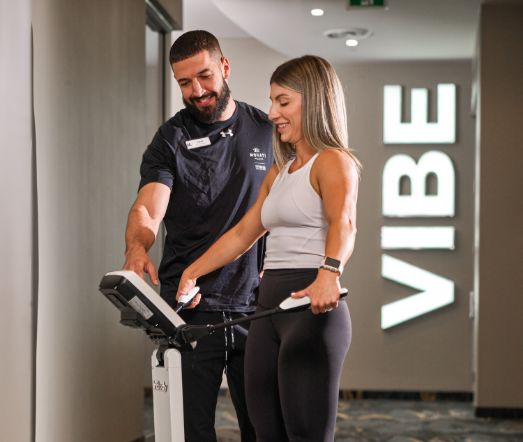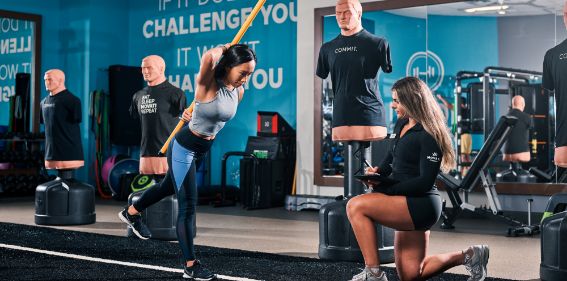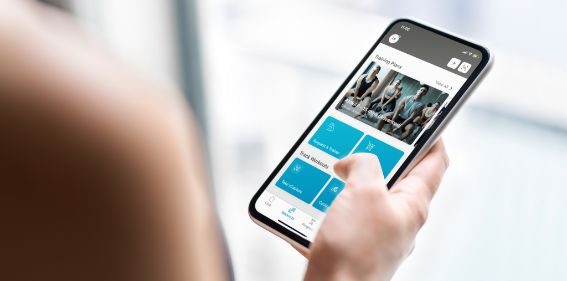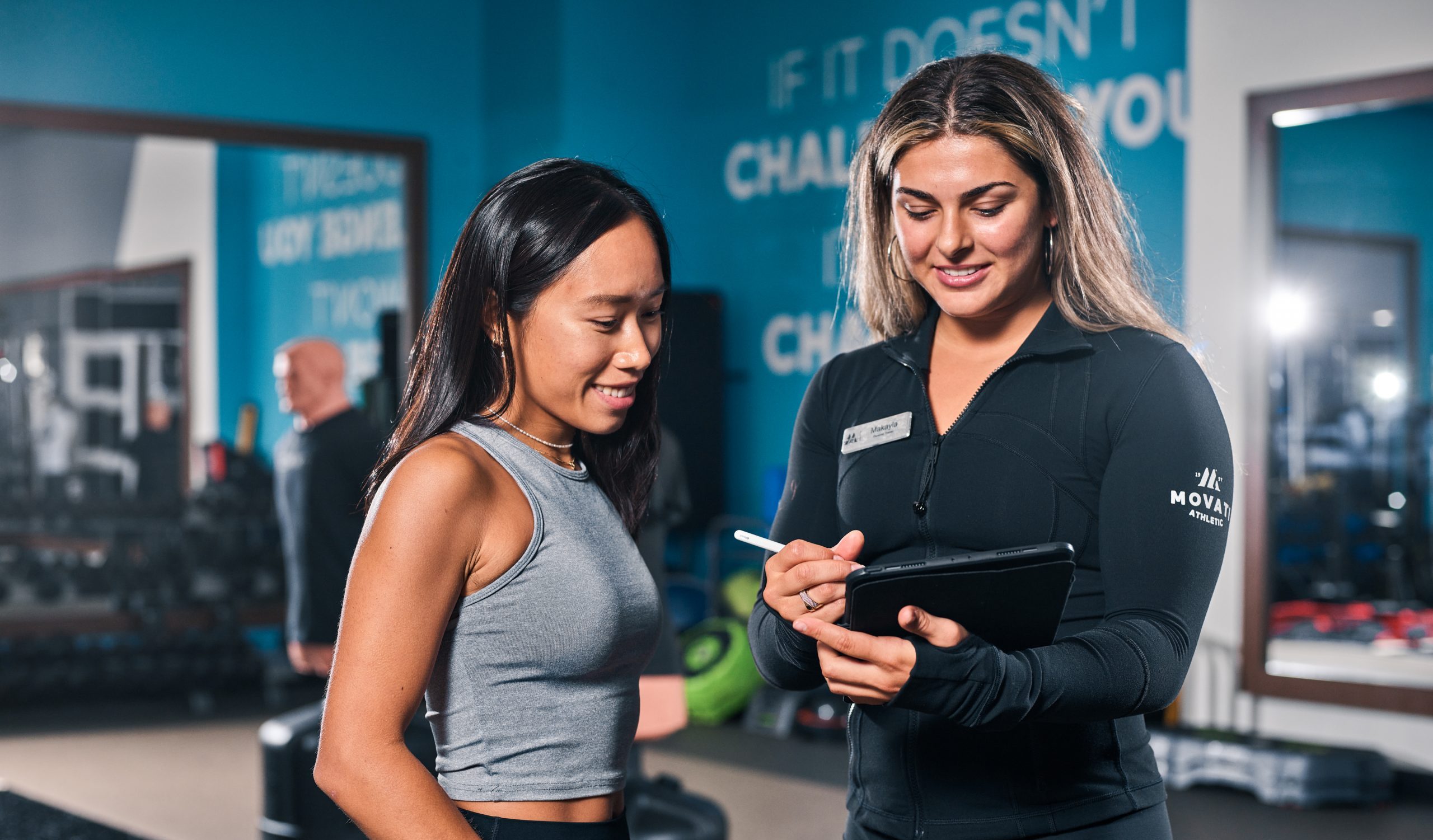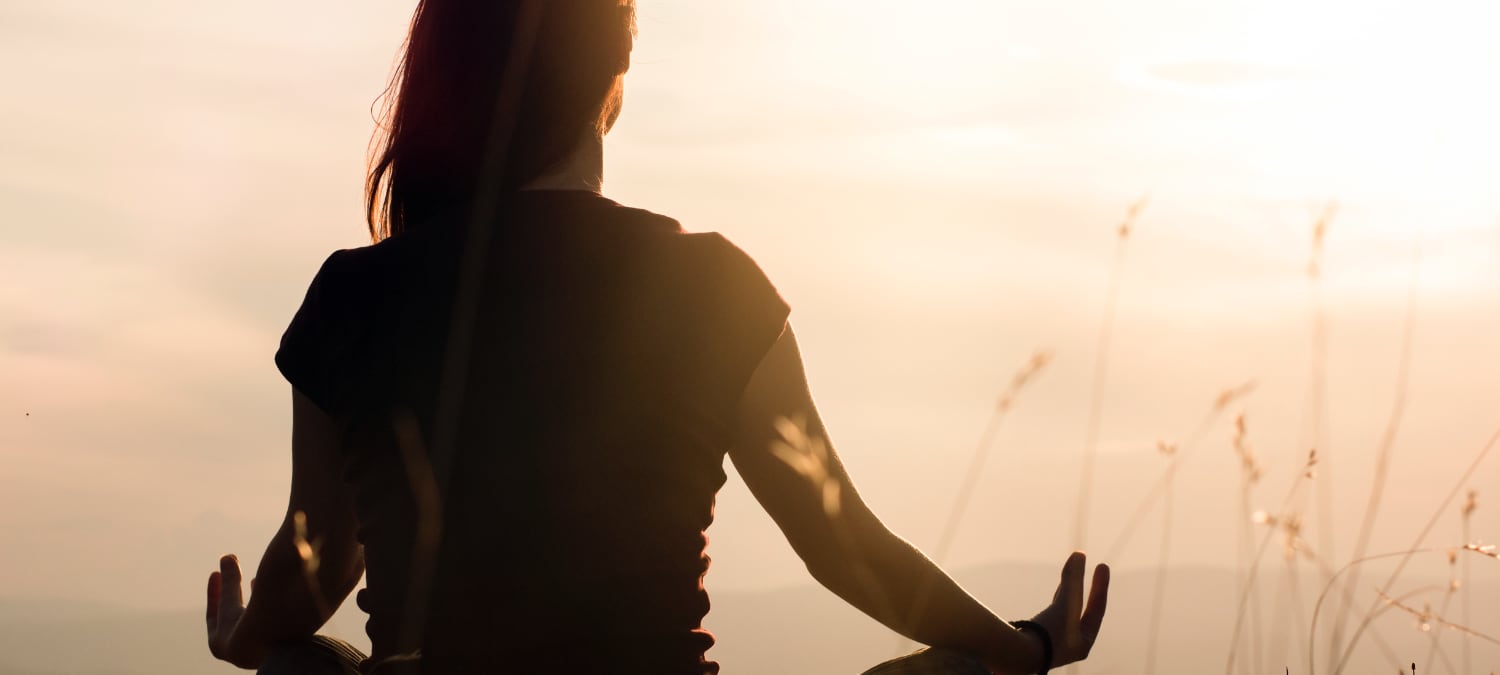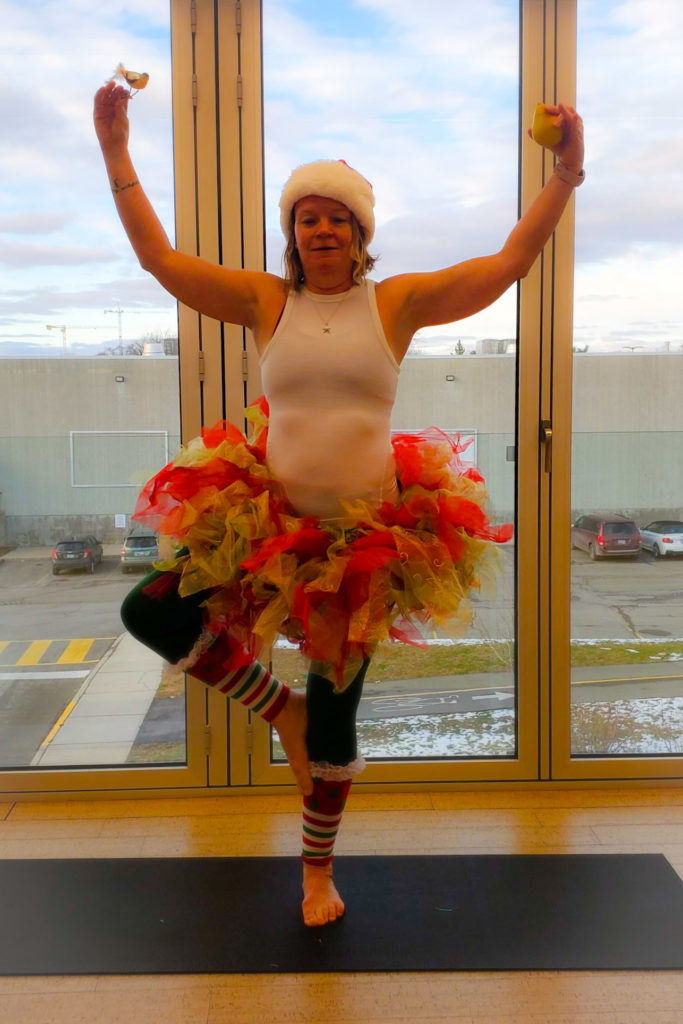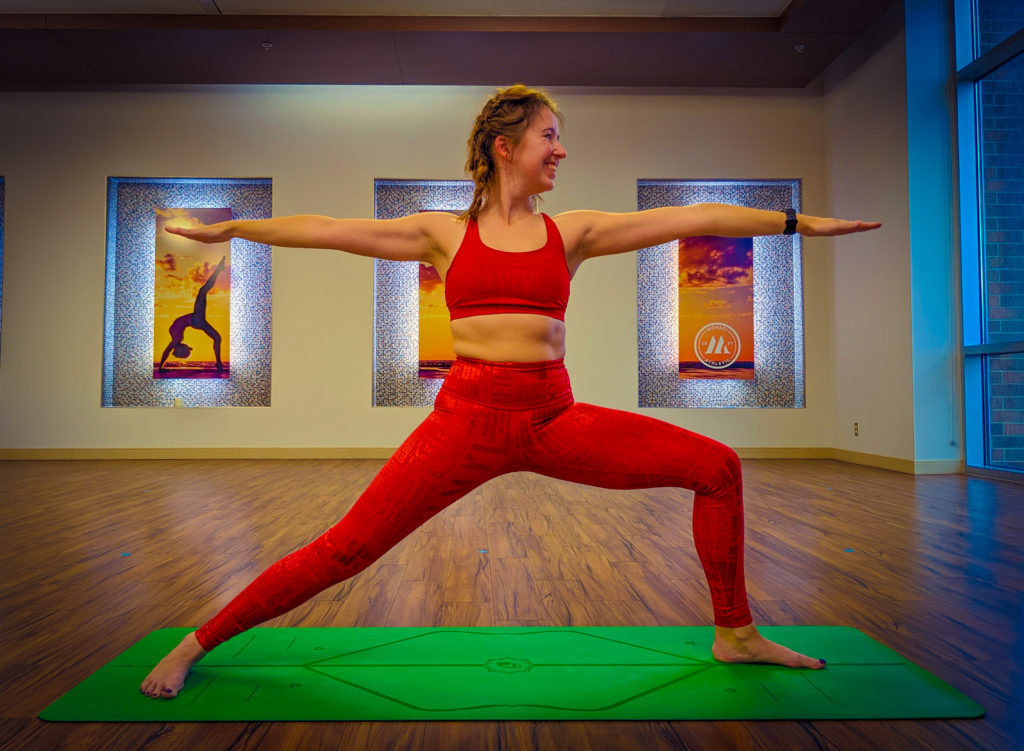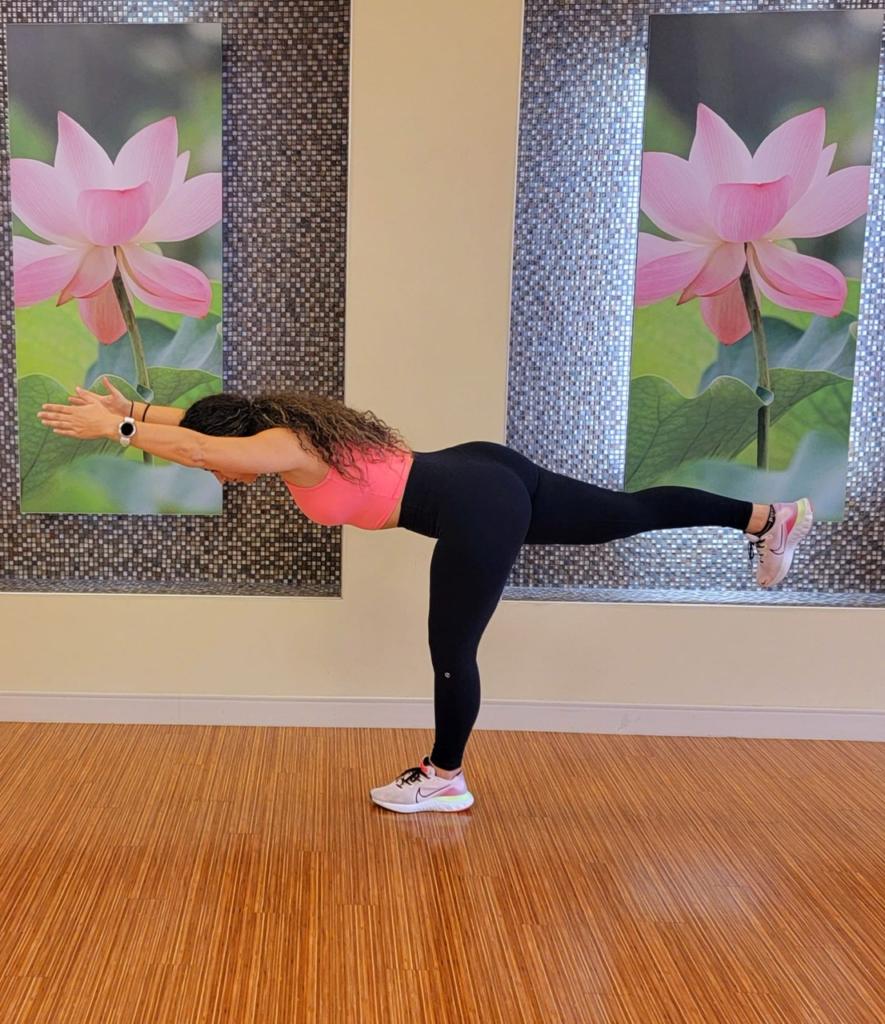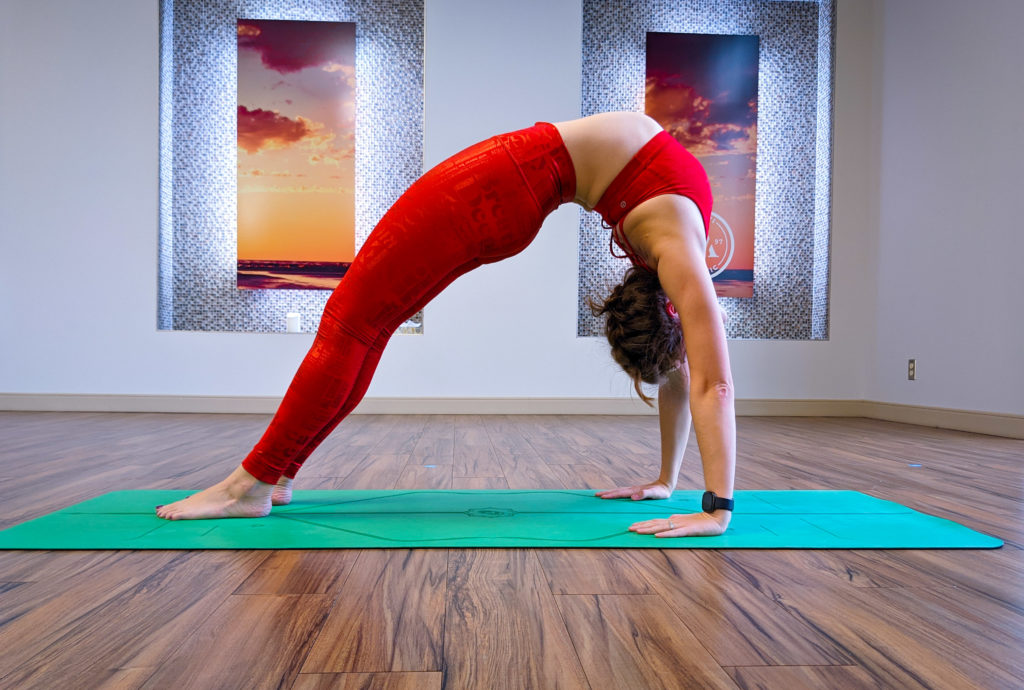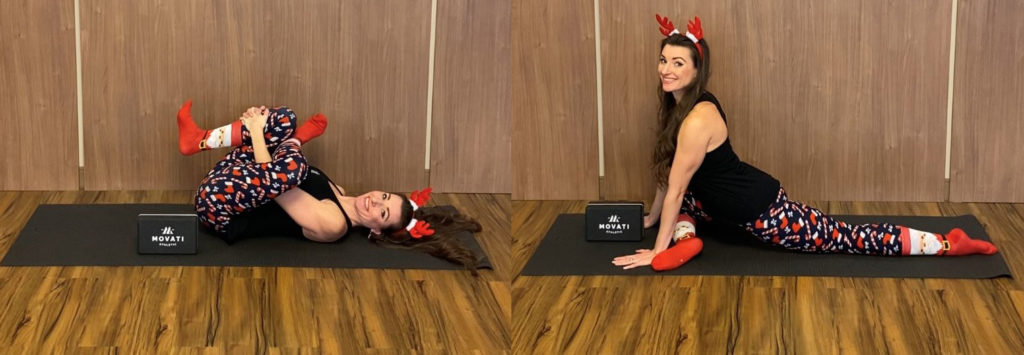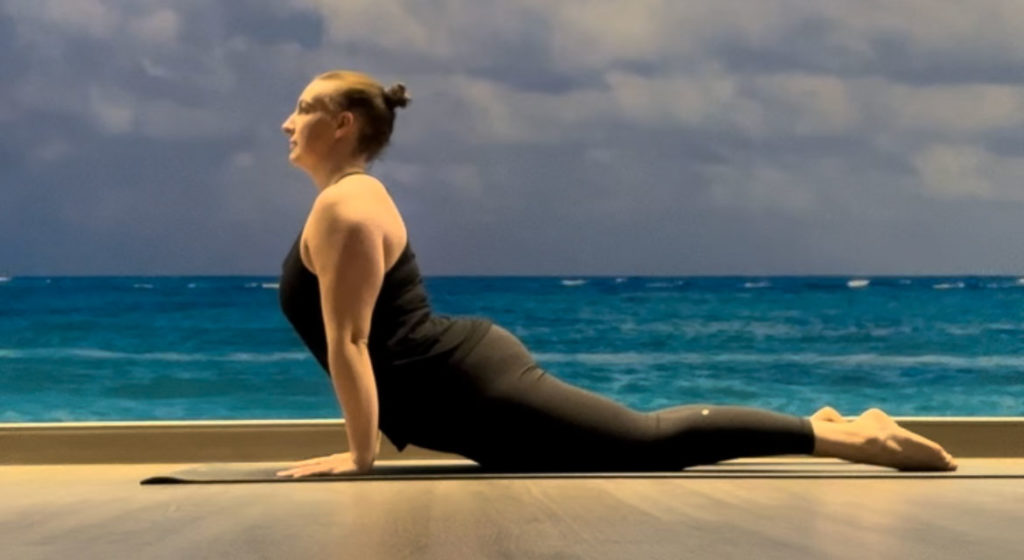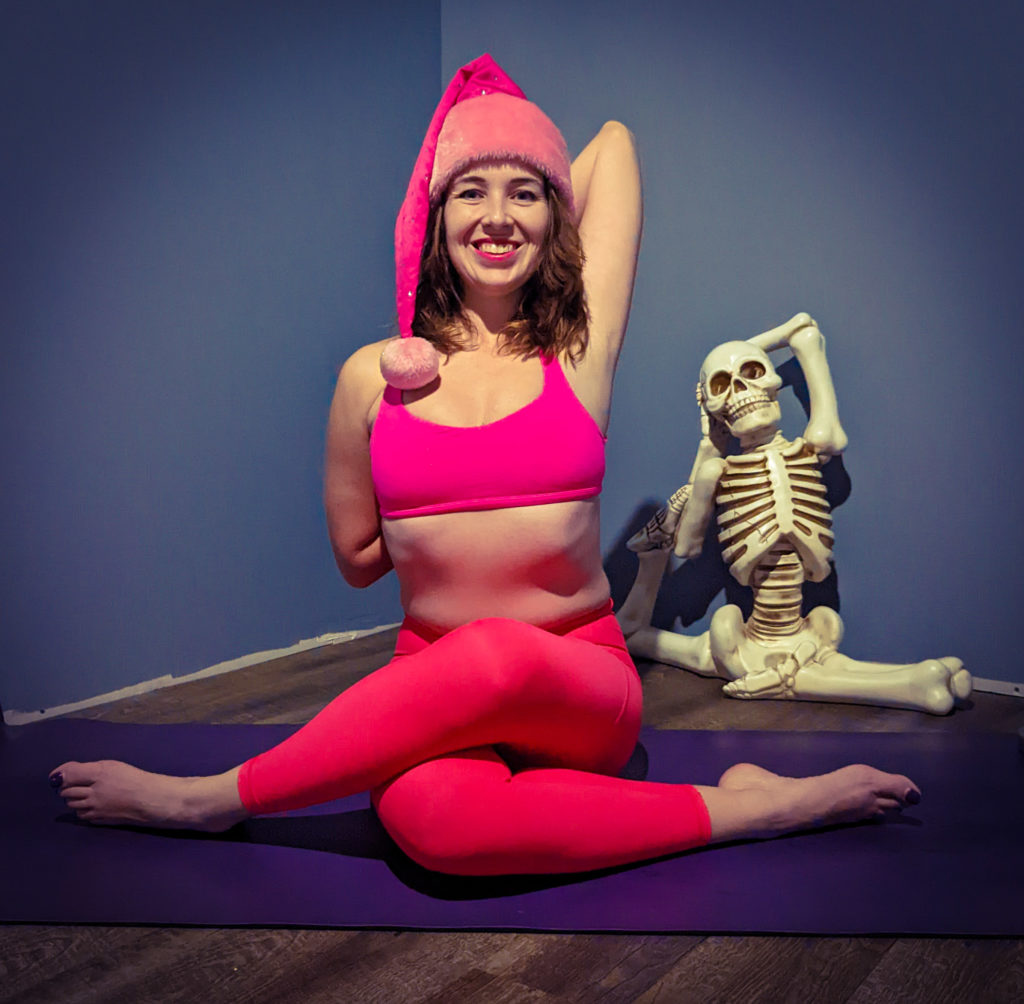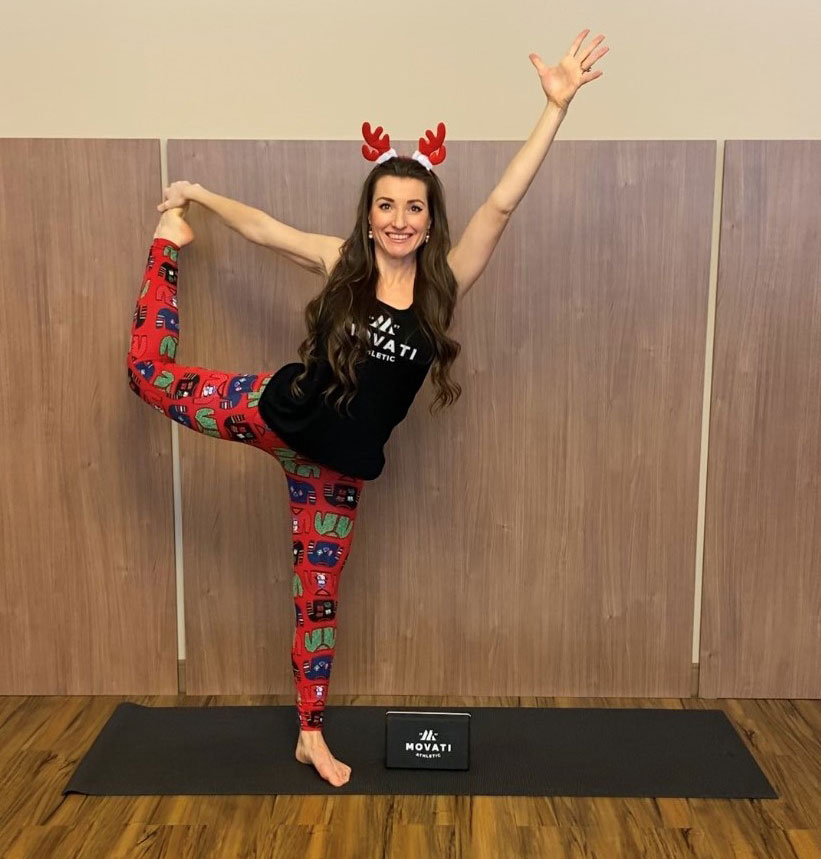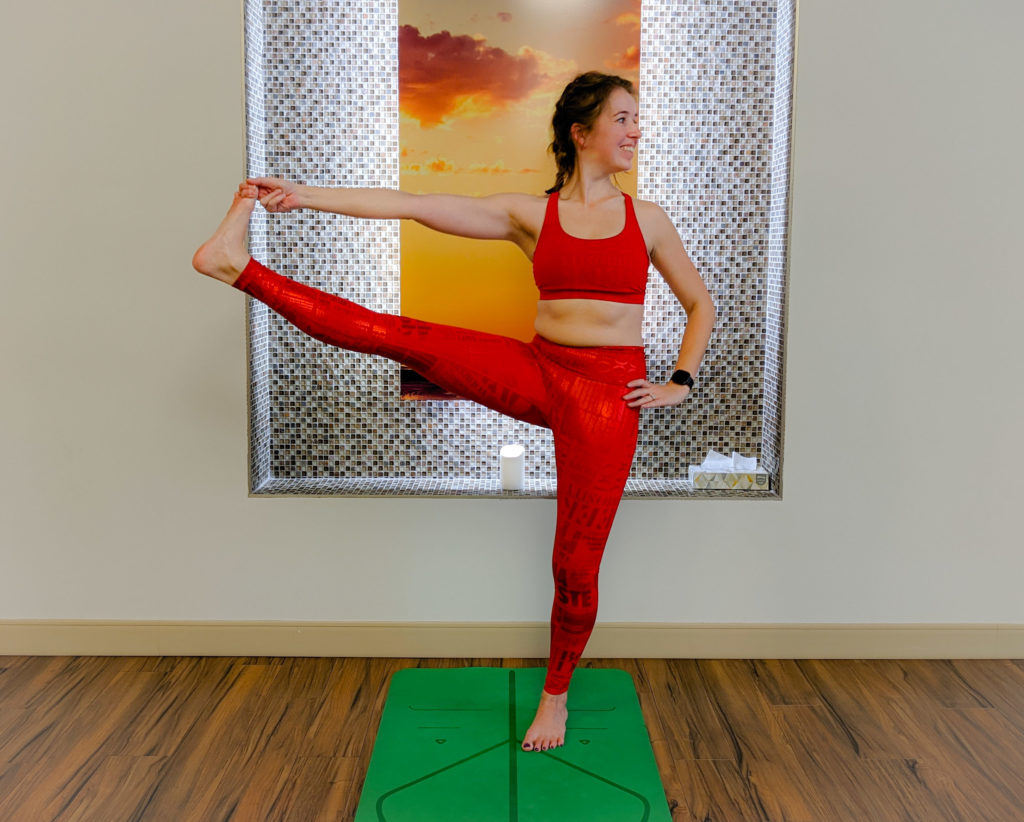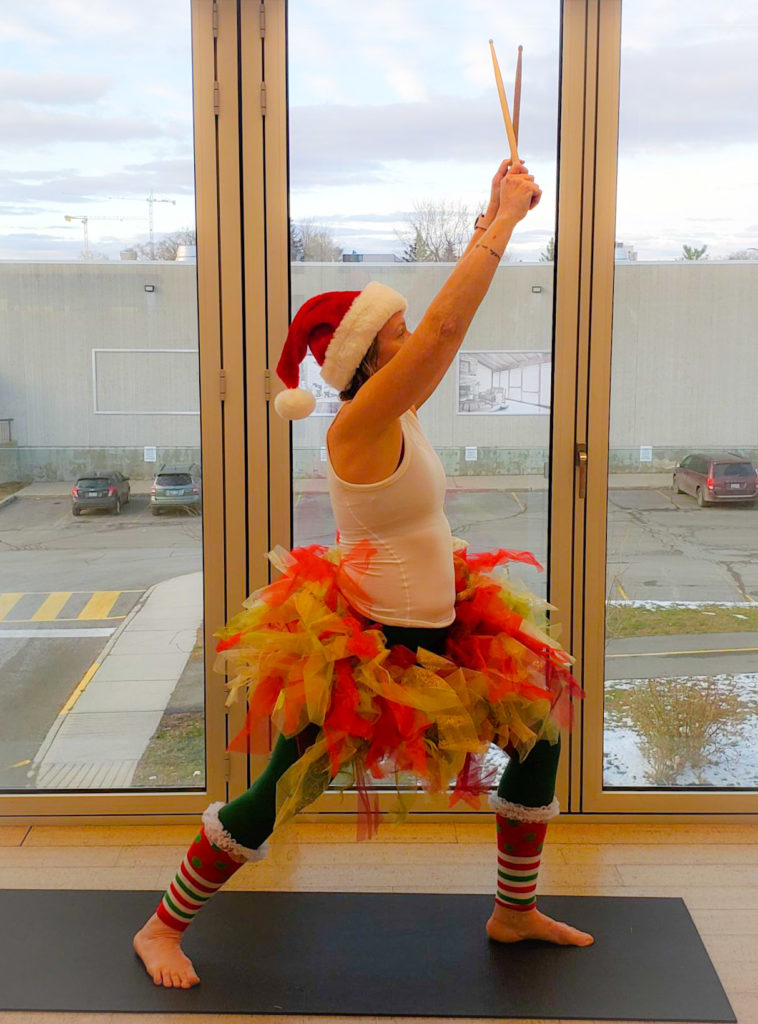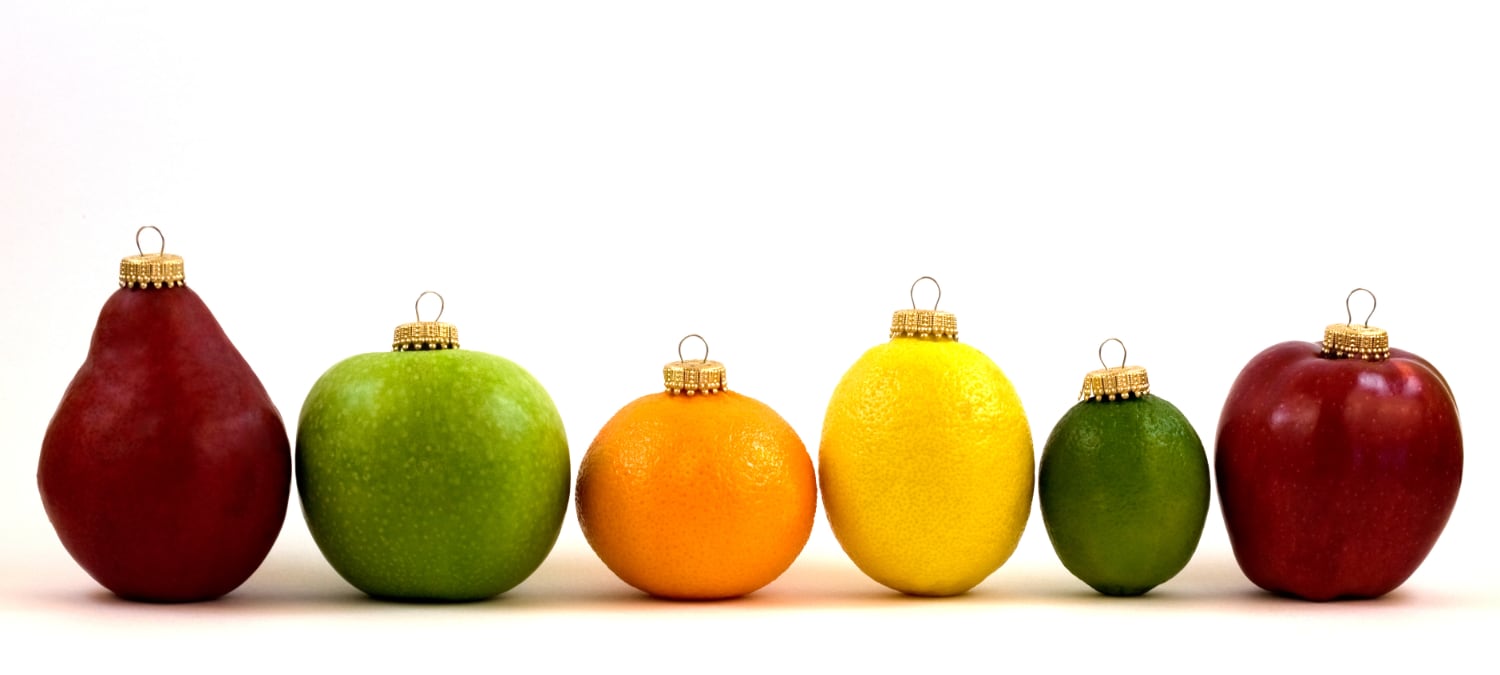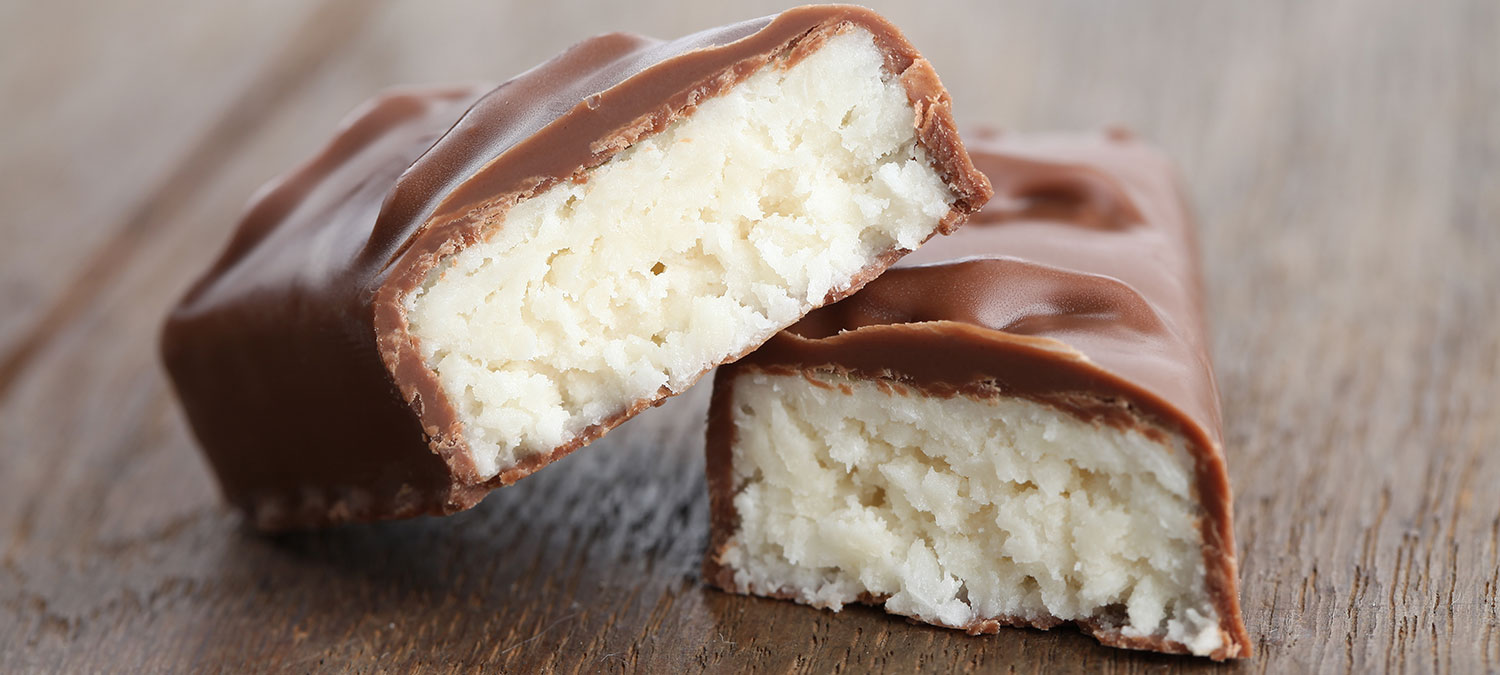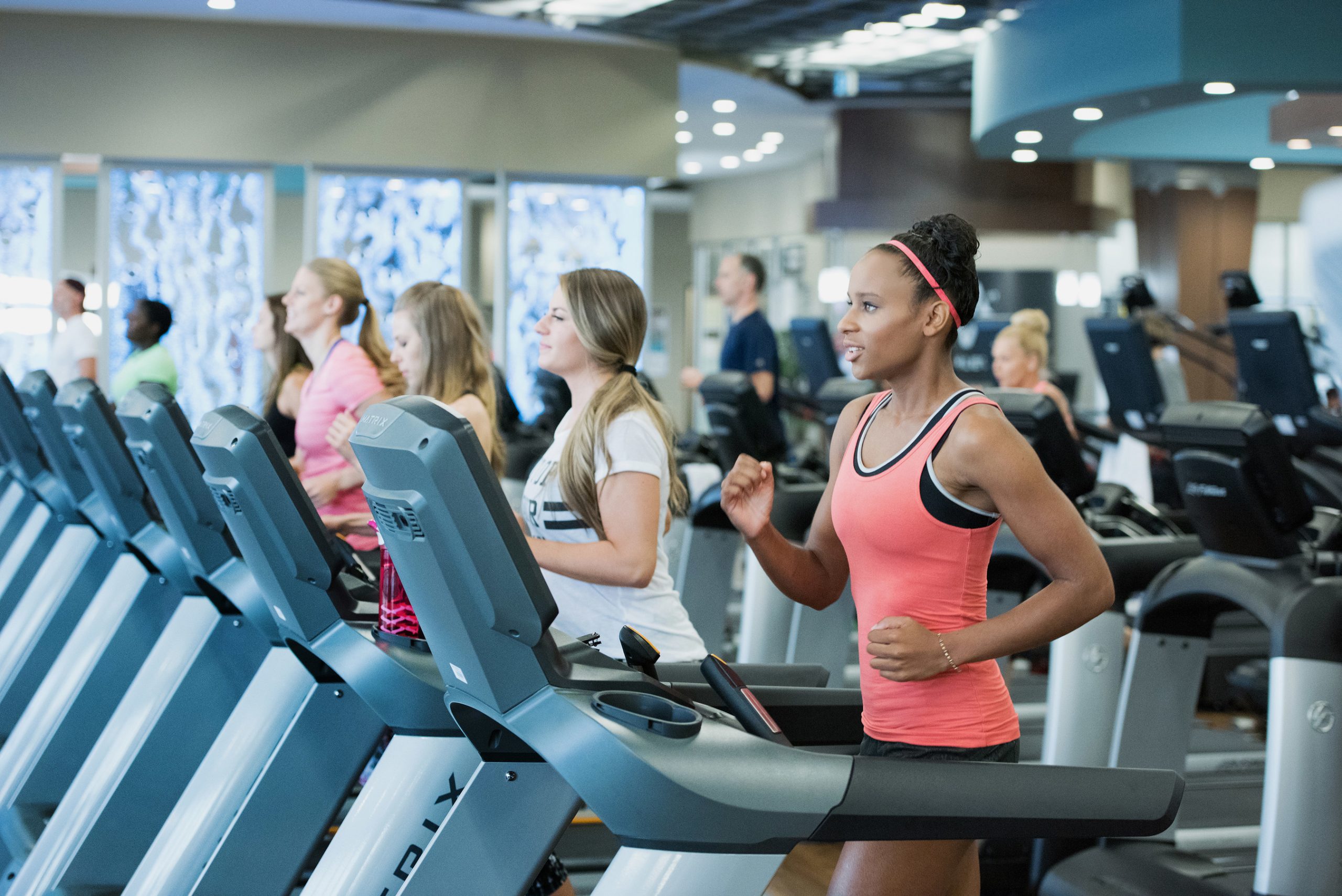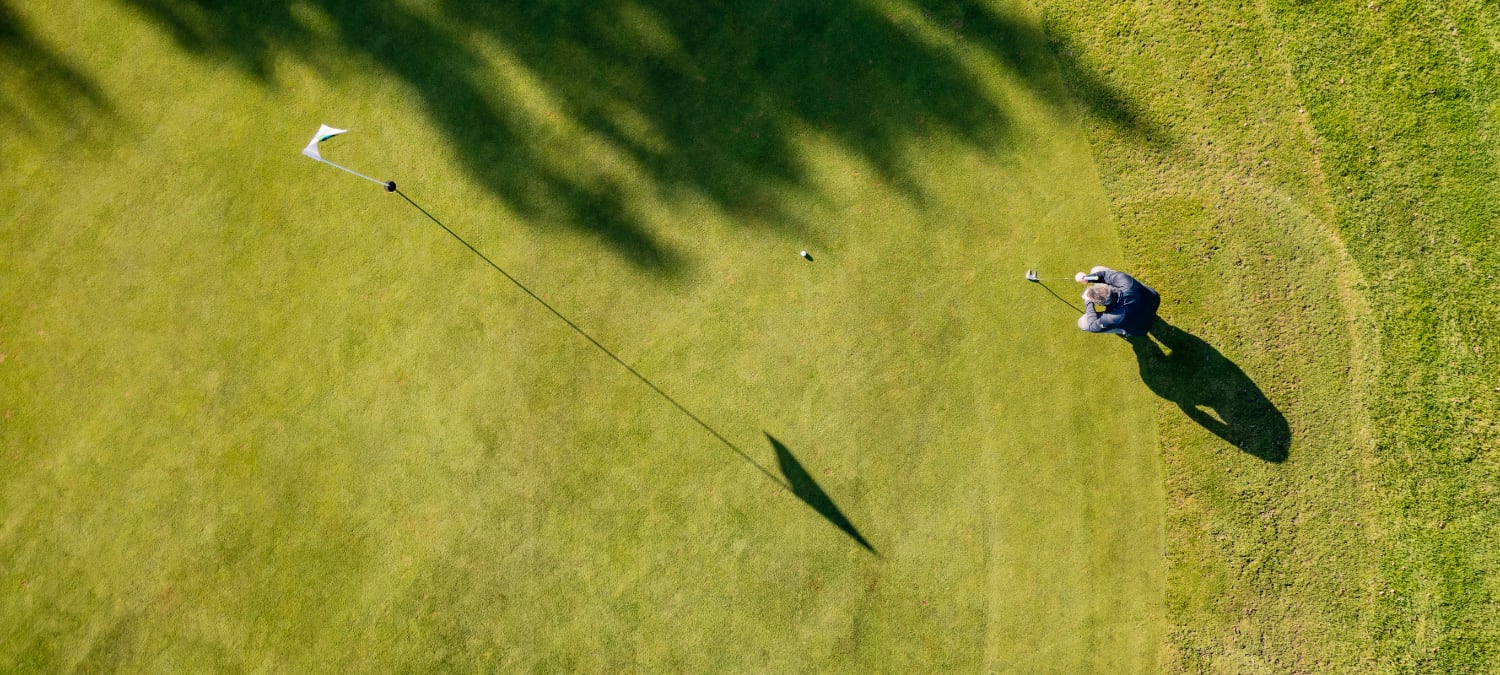Looking to maximize your marathon training? Here’s are some tips to make your 26.2 mile journey a healthy and happy one.
Training for a marathon involves adapting your body to the demands of 26.2 miles of running. To get it right, you need to increase your cardiovascular fitness and endurance, as well as your ability to conserve and manage energy during the race. All this needs to be done while respecting your recovery so you don’t burn out.
What’s the best training plan?
The marathon is a long way, and your training needs to reflect that. Variety of training is important, as is making sure you have a training plan that prepares you specifically for the marathon, but for most runners, getting out the door and running at an easy and steady effort, with a good frequency and consistency, is what will get you ready. The most effective training plan is one you can stick to and enjoy. It is far better to get in four to five runs, week in, week out, than six runs one week and nothing the next.
Go long, but not too long
While it is important to have banked good time on feet, if you go too far in your long runs, you’ll struggle to recover and then you will start your marathon already tired. Three hours to 3:15 is as long as your longest run needs to be and, for many, 2:30-2:45 is enough, three to four weeks out from race day. Any more than that and you risk not recovering in time. For more tips on the long run, click here.
Spread the load
But if you’re limiting the length or duration of your longest run, how can you be confident of handling the distance? The long run is critical, but your overall volume of training is even more important. Four to five runs a week is a good target, while any additional cross-training will boost your fitness. Consider a midweek run that also builds in volume, up to 75-90 minutes, to supplement your weekend long run.
Practice close to race pace
Easy running is important as you build up your training volume. But as you get close to your marathon, there’s a benefit in doing some of your long runs closer to race pace rather than the typically recommended 60-75 seconds a mile slower. In the final eight to 10 weeks
of your schedule, try long runs at a steadier pace, averaging 15-30 seconds a mile slower than your goal race pace.
Pace yourself
When the gun goes, you need to know what pace you’ll be running. Adding marathon-pace sections to the end of some long runs is a great mental and physical stimulus. A good peak long run might be 2:45-3:00, including four sets of 20 minutes at goal marathon pace, with five-minute recoveries.
There are a few ways to estimate your marathon time based on your performances across other distances. Multiplying your 10K PB by five, then subtracting 10 minutes, is one option; doubling your half-marathon time and adding 10-20 minutes or working out 105-108 per cent of your half-marathon time also work. Or you add a recent performance in another distance into a race time predictor like this.
Stress your system
The marathon is a game of energy preservation. Much of what you are aiming to achieve with training is teaching the body to be good at using fuel. One way you can do this is with sessions that vary efforts between predominately using stored fats or carbohydrate. Try this: embedded in a 75-90 minute run, alternate between three to five minutes at around 10K race pace and three to five minutes at, or just slower than, marathon pace, with no rest. Start with 30 minutes of this and aim to build up to around 60 minutes as the weeks progress.
Cross-train
Running is high-impact. In recent years, we have seen great examples of elite athletes performing at the highest level while including lots of non-running training. Time spent on a bike or elliptical trainer, or even aqua-jogging, can be hugely effective in developing your fitness. Convert your running sessions to time and perceived effort and they can be conducted as cross-training, which increases your training volume while minimizing injury risk.
Hit the hills
Hill training can be a great way of doing ‘speedwork in disguise’, as you’ll very quickly see your heart rate jumping up while also developing more strength in your glutes, hamstrings and quads. Challenge yourself by taking one of your midweek runs over a hilly route and working stretches of uphill at a strong sustained effort, where you stay tall and light on your feet, and drive your arms strongly.
Train your gut
Fueling on the run is a good way to ensure you get to the final 10km of the marathon feeling strong and ready to hold your pace. But you need to practice your race-day fueling strategy. Gels help to get energy quickly into your body on the run; sip your gel gradually over three to four minutes, and target one gel every 30 minutes or so during the race. If you struggle with gels, ensure you try a range of other options well in advance of your taper.
Work on your strength
Runners who can hold their posture and technique will find it far easier to maintain their pace in the final stages of a marathon. Strength training is all too often neglected by runners, even though it can boost performance. Use one or two sessions a week to focus on strength, with exercises such as split squats (shown below), single-leg squats and bridges, as well as core work such as planks and side planks.
LIFESTYLE
Your body gets fitter through stress and recovery. You need to work your body hard and go beyond your current comfort zones to build fitness, but it’s not until you recover that all of the beneficial adaptations take place. So, managing your lifestyle is key to a successful marathon campaign. Paula Radcliffe has some great tips on how to make small changes.
Monitor your health and energy
Your marathon training doesn’t just sit in isolation. Your work, family and social life will affect your ability to train and recover well. Keep an eye out for the warning signs of ‘under-recovery’. You can monitor your day-to-day training readiness with a HRV [heart-rate variability] app, and watch for inconsistent sleep, regular small colds or niggles, or a loss of motivation. Be prepared to change your plan around busy periods and work or family-life stresses.
Sleep yourself fitter
A critical element of adaptation is getting enough recovery and sleep. We have all heard of the magical ‘eight hours’ but, in truth, the quality and continuity of your sleep is just as important. Create a cool, calm and dark environment to sleep in, try to avoid using your phone in the final 60 minutes before bed and aim for a consistent sleep and wake-up time.
Freshen up
Constantly pushing a little harder each week will often result in your peaking too early, or getting overtrained or injured. Break your training down into smaller chunks – this can help you manage the balance between work and recovery. Every three to four weeks, include a lighter week of training (also known as a recovery or ‘down’ week), cutting back your volumes by about a third to allow your body a bit more adaptation time. Respect your rest days and recovery weeks – your body will reward you.
Eat for energy
Good nutrition will see you hitting your runs feeling more motivated and energized, but will also help you to adapt to the training more effectively. A balanced diet, with plenty of fresh fruit and vegetables, and including whole-food groups, should be a starting point to fuel your training and your recovery. Aim for 4g of carbohydrate per kilogram of body weight on days before your key hard sessions or long runs. After your sessions, take on food or a shake with a 3:1 ratio of carbs to protein within a 20-40-minute window of finishing.
Enjoy yourself!
Running is something we choose to do – no one forces us to enter a marathon. You learn a lot about yourself through the course of marathon training, so enjoy the process. Stay social – the joy of running with others has been limited in the last year. Sharing some long runs with other runners can make all the difference.
MINDSET
The marathon involves a leap of faith. The fact that few runners will cover the distance in training before race day means the mental side of training becomes even more important. There are a variety of methods you can deploy to cope with the mental demands of a marathon.
Respect, don’t fear
Don’t fear the marathon. This can lead you to make poor decisions and to try to progress too far, too fast, too soon. Your goal is to arrive at race day healthy and energized, so respect the distance, but recognize it is achievable. Build your training in gradual increments and set small training goals, lifestyle goals and strength goals for each three-week block. The more goals you hit, the more the marathon will start to feel possible.
Focus on the positives
Marathon training is a journey and progress is not always smooth and linear. There will be workouts that don’t go to plan, races where you don’t feel great and runs that you need to miss or reschedule. As the weeks go by, make sure you focus on positive outcomes – it’s about what you do complete, not what you don’t. Keep a training diary and note down two or three positives every week, runs that went well, conditioning you completed or an improvement in your nutrition. If something hasn’t worked, note what you learned from that experience and make changes.
Rehearse race day
Feeling psychologically primed and ready is a key weapon in your armory. Race day should feel familiar; this will allow you to stay calm and focused. Aim to mimic your planned race-day routine in a couple of your key long runs – run at the time the race starts, wear your race-day kit and have your planned race-day breakfast. If you can, aim to complete a race during your training (a half marathon is ideal), as this will get you used to running around other people and pacing sensibly.
Improve your mental skills
The marathon is a long race – your mind may wander and doubts may creep up on you as the miles go by. Use you training to build your toolkit of mental skills to use on race day. Practice different positive self-talk strategies in training – these could be focused on relaxation (‘breathe and relax your shoulders’), technique (‘keep your leg speed snappy’) or focus (‘pull in that vest in front’).
These are just a few of the many tips to make your marathon training a success.
Join MOVATI Today and get Started with This Special Offer. Already a member? To customize programming and help you improve your training, consult with one of our Personal Trainers in club and complete your Game Plan Session or join seminars with one of our fitness professionals.
Story Credit: University of California San Francisco Health
